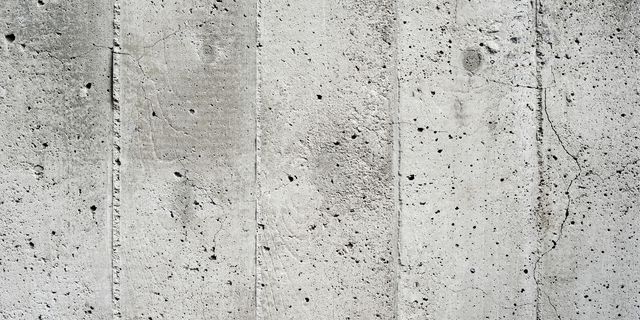Concrete VS Cement
Concrete vs cement: What is the difference between concrete and cement? Most blokes have no idea what the difference between these two are, but today Everlast Services will explain the difference so you can get a better understanding.
What is Cement?
One of the four primary elements in concrete is cement, which is a dry powder that acts as a binding agent.
When Portland Cement is mixed with water, it forms a paste that hardens and binds or “glues” everything it comes into contact with. Understandably, the phrases “concrete” and “cement” are frequently used interchangeably, but they are not synonymous! Limestone, silica, shale, clay, slate, and iron ore are all used to make cement. They are cooked to extraordinarily high temperatures in a rotating kiln after being extracted from the ground. The kiln resembles a giant rotating pipe with a diameter of 10 to 15 feet and a length of 300 feet.
The raw materials are deposited at one end of the kiln, which is raised. The materials progressively travel to the lower end of the kiln as it turns. At the lower end, jetted flames heat all of the materials to temperatures of 2700 to 3000 degrees Fahrenheit. When these materials are exposed to such high temperatures, they congeal into marble-sized balls known as “clinker.” Portland Cement is made from clinker that has been finely processed into a powder. The cement is blended with small amounts of limestone and gypsum after it is ground into a fine powder. This is the cement that is delivered to ready-mix concrete facilities and utilised in the production of concrete.
What is Concrete?
Concrete, along with water, is the most widely used substance on the planet. No, it’s not something we eat; it’s a building material. It’s the world’s most widely utilised building material! CONCRETE is made up of four fundamental elements, with CEMENT being one of them. Sand, aggregates, and water are the others. Concrete is made by mixing all four elements in the proper quantities. When you combine the water, cement, and sand, you obtain a fairly powerful paste. The aggregates are then combined with the paste, making the composition even more durable. The amounts of cement, sand, and stone, as well as the amount of water required to mix everything together, define the strength. To make an usable concrete mix, combine 1 part cement, 2 parts sand, and 3 parts stone, then mix with as little water as necessary. A dry, workable combination will be more durable than a wet, watery one.
Finally, if you are seeking improvements and would like someone to take care of your landscaping needs, then look no further than Everlast Services. We have experienced landscapers too, who will work with you to create your perfect outdoor living space.
Service Area: Melbourne · Hoppers Crossing · Truganina · Laverton · Point Cook · Malvern · Altona & Altona Meadows · Toorak · Werribee & Werribee South · Wyndham Vale · Armadale · Tarneit · Williams Landing · Deanside · Rockbank · Caroline Springs · Ravenhall · Sanctuary Lakes · Williamstown · Newport · Seaholme · Derimut · Seabrook · Yarraville ·





